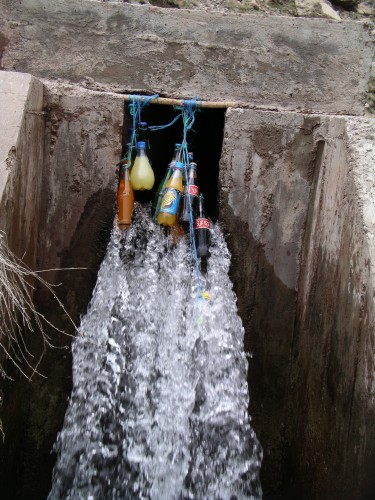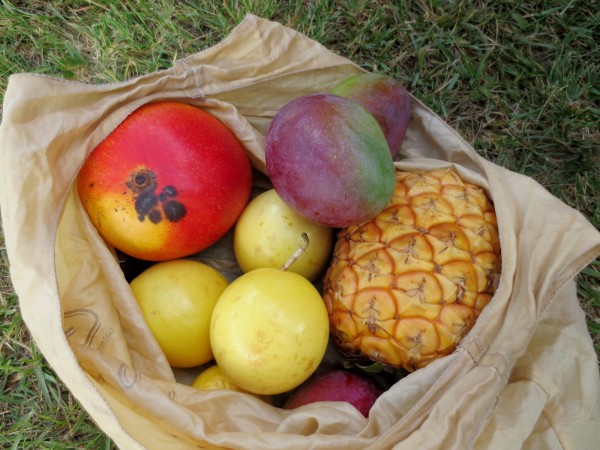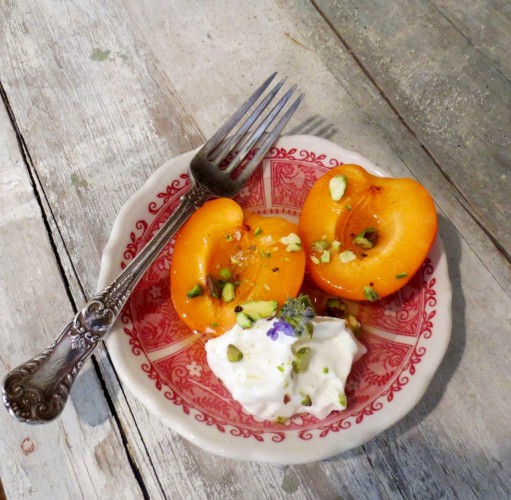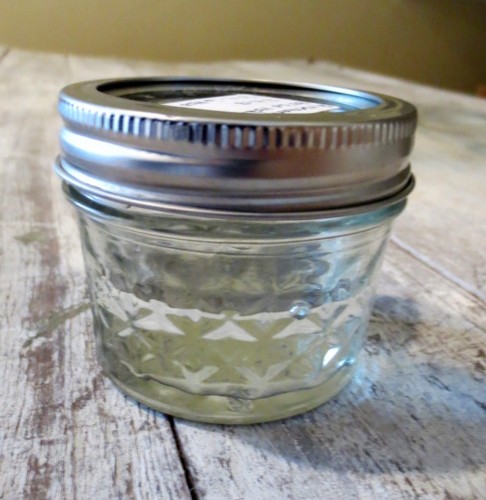MSR Backcountry Cafe: Summer Desserts
Story and photos by Laurel Miller
A creek-chilled beer (or beverage of your choice) is a just reward at the end of a long day on the trail, but what to do when you’re craving something sweet that doesn’t come from a bottle (and no, Gummi Bears don’t count)?

Summer and early fall are the best times to bust out a backcountry dessert because at no other time is the array and diversity of seasonal fruits so abundant and appealing. Depending upon climate, space, and other logistical considerations, trail desserts can be as simple as fresh berries with store-bought biscotti, to grilled stonefruit with vanilla syrup, and mascarpone. In previous posts, I’ve provided details on how to curate and stock your backcountry kitchen, but the beauty of dessert is that it can be prepared at home, and doesn’t require special equipment or a strong back. And that, quite frankly, is pretty sweet.
I’ve broken down my dessert suggestions into categories. Take these ideas and run with them; in winter, substitute good-quality dried (never canned or dehydrated) fruit, and you’ll still have a winning finish to every meal, even if it’s ramen.

Tips:
Never wash berries- they’re like sponges and water destroys them. For this reason, buy organic product.
Keep fresh fruit from bruising by packing it in a Tupperware.
Don’t cut fruit until ready to serve, to prevent it from oxidizing.
Shop local farmers markets, roadside stands, and the like for fresh fruit, cheese, or regional products like honey.
Pack your liquids (spirits, simple syrup, honey) in an MSR spice shaker, a small Mason jar (I stuff these into a pair of socks in my pack), or plastic squeeze bottle. Place a layer of plastic wrap over the mouth of the bottle before screwing on the top, to prevent leakage. An old honey bottle, with a tip, is ideal for this.
Overnight trips with access to a grill or grate
For the first night of a trip, provided the weather isn’t too deadly hot, I like to bring along a perishable dairy product like fresh or soft cheese. While I’m required to stipulate that this isn’t a best food safety practice, I’ve never had a problem, although I always make sure the product is consumed within a four-hour window (which is about two hours beyond what the FDA suggests; again, do this at your own risk). In summer, I opt for commercially made mascarpone (which will have stabilizers added to it) or goat cheese, rather than a fresh, delicate ricotta or bloomy-rind goat cheese you pick up at the farmers market. Another bonus is that these products are already packaged in backpack-friendly format– be it a four- or eight-ounce tub or cryovaced tube. Either way, they’re less likely to be contaminated because they’re sealed; after opening, use it all or toss it (responsibly, of course).
Grilled peaches, figs, or pears are one of my favorite al fresco desserts. Halve the fruit, and remove the pit (note that most peaches sold for eating out of hand are clings, meaning that the pit will have to be dug from the flesh- use the same method as described for the apricot; ripe fruit should separate without too much difficulty) or core. Brush the cut surface with a bit of extra virgin olive oil, and grill until caramelized. Serve with crumbled Amaretti cookies (available at specialty grocers) or chopped nuts. You can dollop on a hunk of a mild blue cheese like Gorgonzola and drizzle with honey.
Soak fresh summer fruit in eau-de-vie (I encourage you to seek out boutique product make in the region you’re visiting– there are some amazing spirits being made nationwide, many of which use fruit and grain from nearby farms). Serve with chevre and grilled walnut bread.
Campstove
(Pre-purchased) lemon pound cake or Angel Food cake with berries macerated (marinated) rosemary syrup. Avoid Angel Food if you’re going to be in the desert or at high-altitude, as it’s already dry in texture. You can also drizzle cake with chocolate, but I’m not a fan of packing chocolate in summer trips because it’s just too messy.

Apricots (pit them by dragging a knife around them lengthwise, and twist) with rosewater syrup (master recipe for infused simple syrup to follow; this can be made at home or on the trail), chopped pistachios, and mascarpone (pre-purchased).
Experiment with seasonal variations on the above, like nectarines with lemon verbena syrup, or figs, plums, or berries in lavender syrup, and swap store-bought cookies like sturdy biscotti if you can’t bring dairy.
If you’re an experienced forager, you make dessert from what you find on the trail. Alpine strawberries, huckleberries, caneberries (raspberries, blackberries, and their ilk), and wild currants all make glorious desserts, especially if you’re able to nestle them in a cloud of unsweetened whipped cream or Greek yogurt.
Fall/cooler climate, or no cooking equipment
Bourbon-soaked apricots, figs, pitted cherries, or dried fruit, with biscotti or polenta cookies
Apples or pears with a wedge of hard, aged cheese and chunk of honeycomb or dollop of good jam, or drizzled with a high-quality maple syrup (I love Noble Bourbon Barrel Aged, which comes in two-ounce sample sizes).

Simple syrup (bartender method)
Use a 1:1 ratio of superfine sugar to water. Place in Mason or other lidded jar, shake vigorously to dissolve.
When I make this at home, I heat the water and sugar in a small pot, and bring to a boil. Then I add whatever my infusion is- crushed, peeled ginger, fresh lavender buds, gently crushed lemon verbena or peach leaves, star anise and cinnamon. I let it simmer for about 15 minutes, and strain into a sterile jar. If you use the bartender method on the trail, which doesn’t require heat, you’re not going to get as strong an infusion, but it’s easier. Just leave in the aromatics for a few hours, taste, and let them steep until your desired flavor is reached.
Laurel Miller is a Colorado-based food and travel writer and cheese consultant, the co-author of Cheese for Dummies, and a contributing editor at culture: the word on cheese. As long as there’s cheese involved, she’s happy.
For more from Laurel Miller click here.
